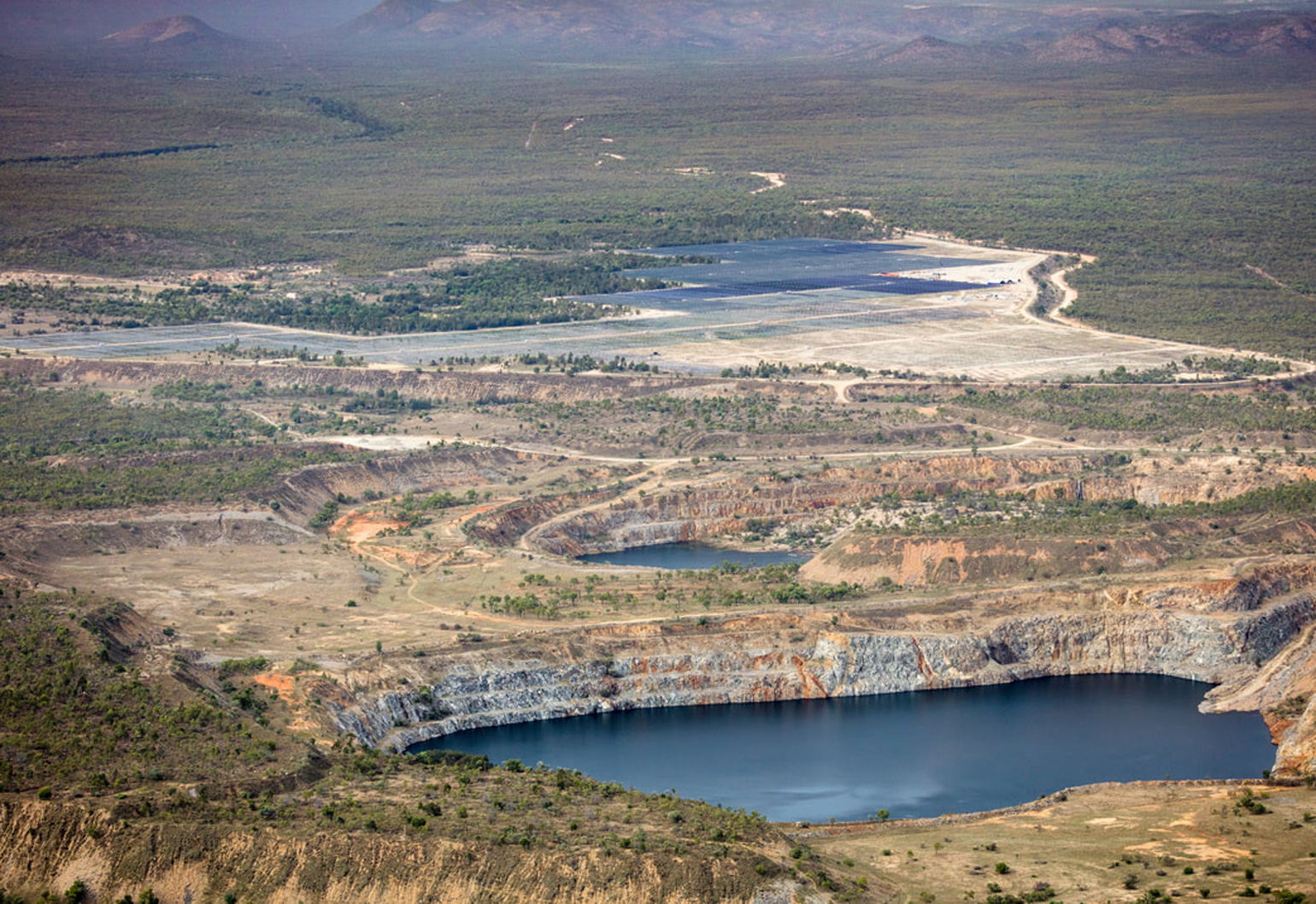A century after the heyday of North Queensland’s Kidston gold mine, it is set to yield another precious commodity: a world-first integrated solar and pumped hydro renewable energy hub that will deliver continuous clean power to more than 140,000 homes.
The rise of intermittent renewable energy combined with the imminent closure of ageing coal-fired power stations has raised concerns about how energy from solar panels can be stored to provide dispatchable power for peak demand. An innovative project in North Queensland is answering the challenge by combining pumped hydro storage with a massive solar farm.
The hybrid solar-pumped hydro storage facility will be the second phase in Genex Power’s flagship project. The first phase was a 50 MW photovoltatic (PV) solar farm, which started commercial operation in early December, transmitting power from Australia’s solar rich “red zone” into the national grid.
This has generated the first revenue for the project, and for Genex as a company. According to Genex Director Michael Addison, the transition of phase one to commercial activity bodes well for the project’s future.
“This transition from a development company to generating operational cash flows will serve to strengthen our financial position as we seek to reach financial close for our Kidston Stage Two Projects in 2018.”
Genex has previously stated that Kidston phase one is expected to reach its full generation capacity in February. The full system, including the hybrid solar pumped hydro stage, should be online in 2021.
The second stage’s key innovation is using the 270 MW phase two solar farm to power the 250 MW hydro storage project’s pump during daylight. This means that the water is shifted from the lower to upper reservoir, ready to be released to power the turbine and generate electricity when needed.
The solar output can also be diverted directly into the National Electricity Market (NEM) if required.
According to feasibility studies, the pumped hydro component will provide 2000 MWh of energy storage due to innovations in the design of the turbine, and efficient use of existing site infrastructure.
The project is backed by the Australian Renewable Energy Agency (ARENA), which confirmed up to $5 million of funding in November in order to bring the stage two solar and pumped hydro hybrid to a financial close this year.

This is the third grant from ARENA, following $8.9 million in funding for Kidston’s first PV phase, and $4 million towards the feasibility study for the second phase. The Queensland Government has also supported the project, and designated the Kidston renewable energy hub as “critical infrastructure”.
According to ARENA CEO Ivor Frischknecht, stage two of the Kidston project is an important step towards achieving a secure and reliable grid.
“Kidston will be the only grid connected solar project located in Australia’s solar red zone, providing consistent strong sun throughout the year, and combining it with pumped hydro will provide Queensland access to an entirely renewable flexible energy option,” he said.


